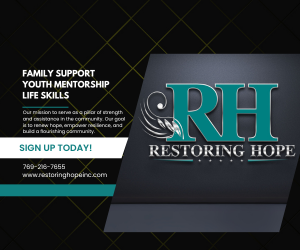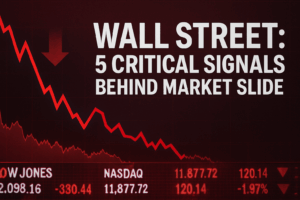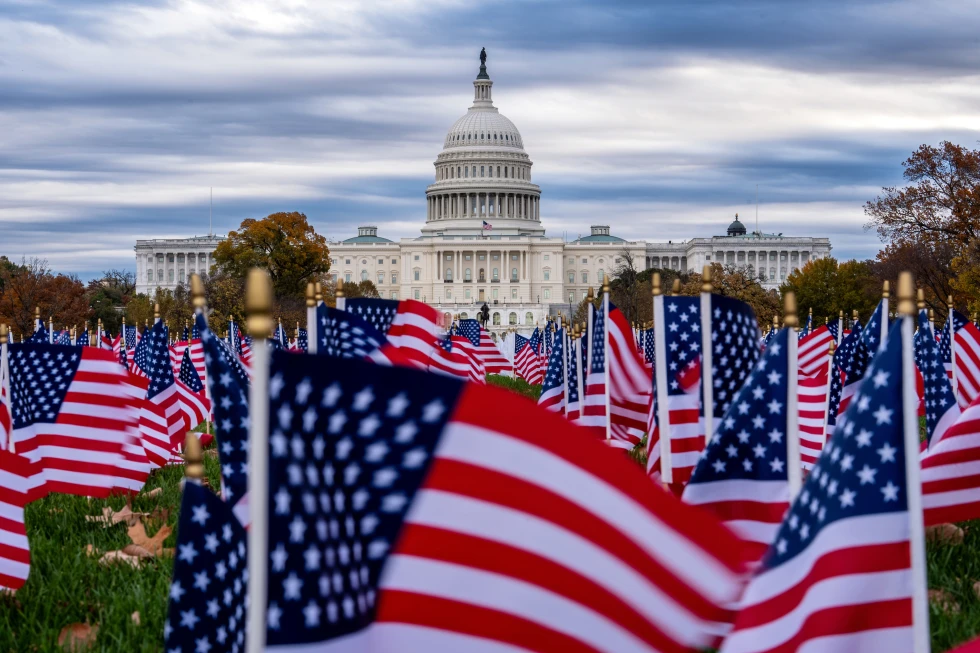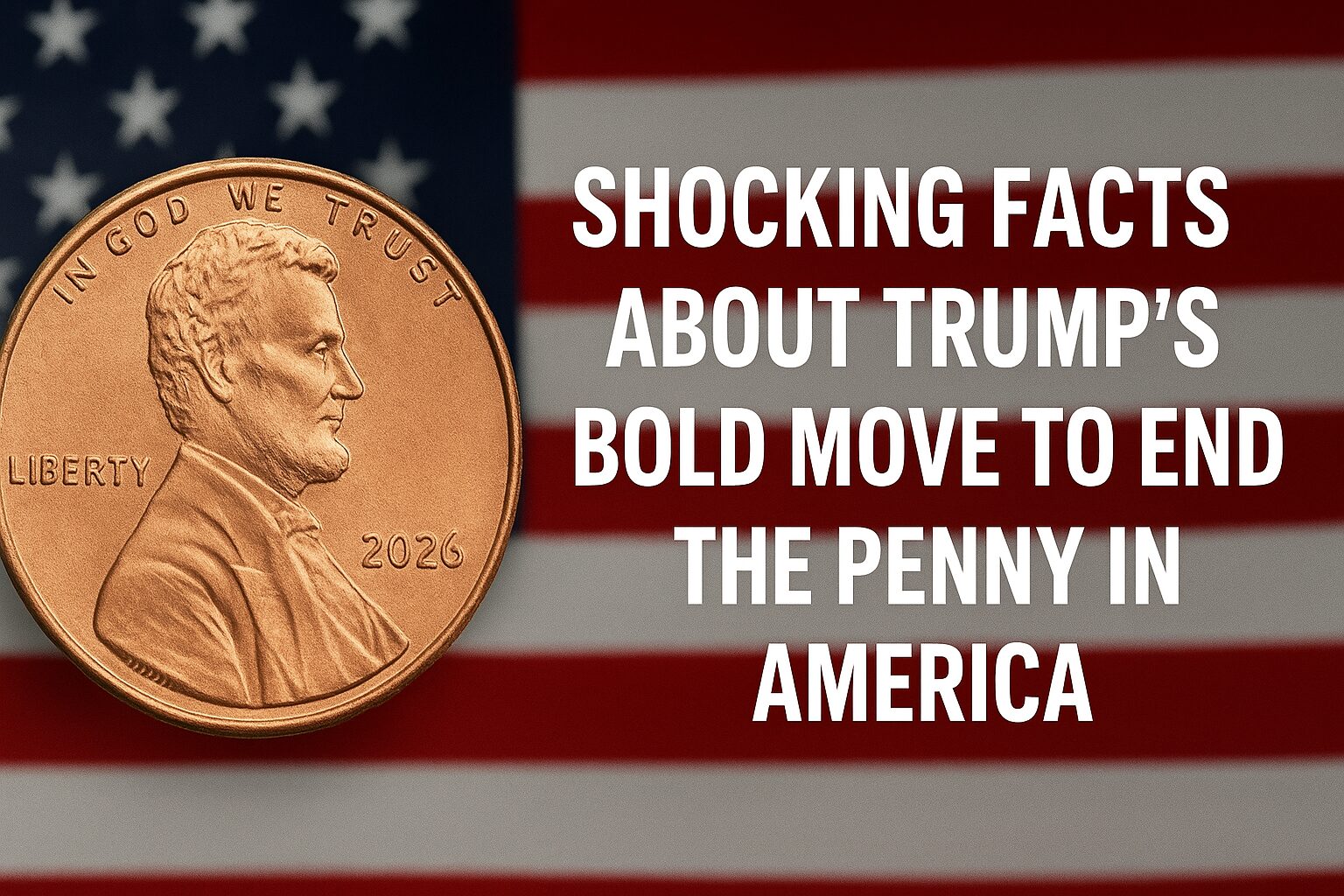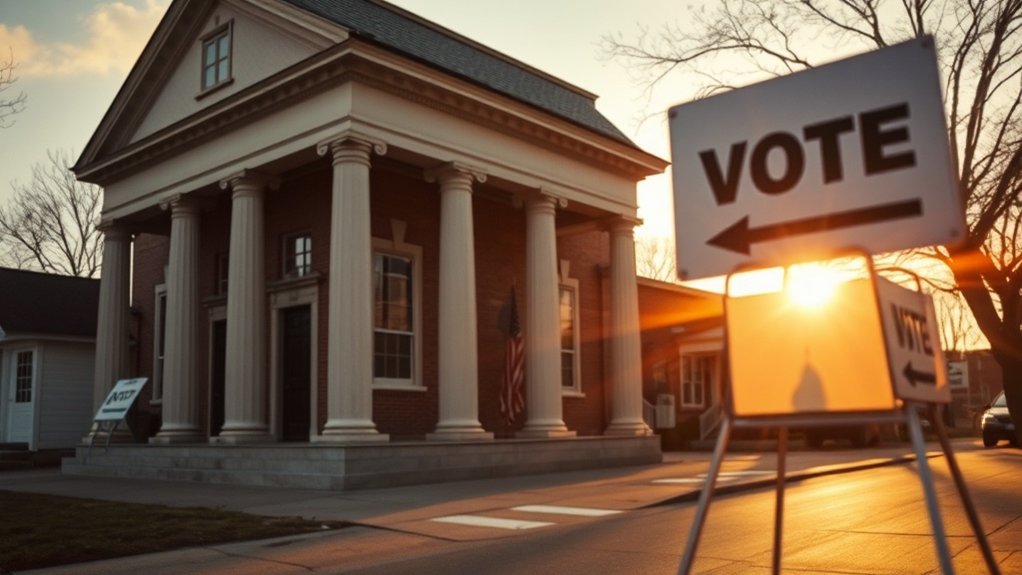Key Takeaways
- Many individuals, particularly in rural areas, face significant barriers to healthcare access due to high costs and distant medical facilities.
- Community-driven solutions have the potential to significantly improve access to healthcare services.
- Addressing healthcare access disparities is vital for improving overall community health and well-being.
Overcoming Barriers to Healthcare Access
Imagine this: Maria is a single mom in a rural town struggling to get her kids to a doctor miles away. You might know someone like her.
We need to talk about why it’s still so tough for many to access healthcare. Between high costs and distant facilities, it’s a real issue.
What can be done? There’s more to explore, and it’s vital. Let’s think about how community-driven solutions could change lives.
Geographic and State-Level Disparities
When we plunge into the topic of healthcare access in the United States, it’s clear that where you live can make a huge difference.
In rural areas, you’re likely facing significant challenges, like being far from healthcare facilities and dealing with limited resources. It’s a tough reality. Policies such as economic regulation and environmental protections play a role in addressing these disparities. Just as voter suppression disproportionately affects certain communities, healthcare access in rural regions often reflects broader systemic inequities that need urgent attention.
But if you’re in an urban setting, accessibility might be better. Yet, disparities persist due to socioeconomic factors and racial differences, especially in the Southeast and Midwest.
Counties in these regions need data-driven solutions to tackle these geographic and state-level disparities. It’s important to note that the study identified significant disparities in 56 counties where Black residents were more likely to live more than 5 miles away from healthcare facilities, affecting a total population of 8.3 million.
Expanding public transportation and forming community partnerships can bridge gaps.
By addressing these rural challenges and enhancing urban accessibility, we empower our communities for better health outcomes.
You’re capable of driving this change.
Let’s make it happen!
Health Insurance and Financial Barriers
Although healthcare access has improved, there’s still a tough reality when it comes to insurance and financial barriers.
You’ve probably seen it—rising premiums outpacing wage growth make coverage costly. Over 60% of adults say affordability is why they lack insurance.
Even when you have coverage, maneuvering through benefits can be tricky. Insurance literacy is vital here. Many find themselves paying more than expected due to coverage denials.
Cost-sharing burdens, like high deductibles, prevent treatment and lead to medical debt. You’re not alone if you’re anxious about affording unexpected bills.
Employers not offering benefits leave workers without options.
A debt avalanche method focuses on high-interest debts to save money, relevant for those managing medical debt alongside high healthcare expenses.
Understanding insurance literacy and benefit maneuvering can empower you.
The goal is community growth through informed conversations. Let’s tackle these barriers together!
Racial and Ethnic Health Disparities
Racial and ethnic health disparities aren’t just numbers on a page—they’re real challenges faced by communities every day. You see this in life expectancy, where American Indian and Alaska Native populations live nearly 10 years less than White populations. Mental health access is critical, too. Minority groups are less likely to start treatment, relying on crisis-only care. Cultural competence in mental health can improve engagement and outcomes. Look at this table for clarity:
| Disparity | Statistic |
|---|---|
| Life Expectancy (AIAN) | 10 years shorter than White populations |
| Infant Mortality (Black) | 10.9 per 1,000 live births |
| Diabetes Mortality (NHPI) | 49.9 per 100,000 |
| Mental Health Treatment | 20%-50% less likely to initiate |
| Cardiovascular Death (Black) | 30% higher than White Americans |
Culturally sensitive care and awareness can change lives!
Impact of Social Determinants
Understanding the impact of social determinants on health can change how you see your world. Socioeconomic influences play a massive role in shaping your health outcomes. When finances are tight, you’re more likely to face chronic stress, delayed healthcare, and even skip needed medications. Income and employment status influence nearly half of health outcomes.
Educational gaps widen these disparities further. Lower education often means lesser health literacy, leading to poor health behaviors and chronic conditions. It affects families, too—kids from less-educated households miss out on preventive services, impacting their future health.
Accessibility remains a hurdle, with those uninsured often delaying care. By raising awareness about these factors, you empower yourself and your community to drive change and seek better futures.
Preventive Care and Vaccination Challenges
When it comes to preventive care and vaccinations, it’s clear some folks face more challenges than others, especially in diverse communities across the U.S.
You’re not alone if preventive services and vaccination hesitancy feel like uphill battles.
In 2020, only 5.3% of adults aged 35+ hit all recommended preventive service goals, way below the target. Factors like appointment shortages and affordability keep many, especially women, from accessing care.
Did you know, around 42% of American women skipped essential preventive services the previous year?
Childhood vaccination rates are dropping too.
Unfortunately, these issues hit harder in areas with poorer healthcare systems like Mississippi.
It’s essential to push for more equitable access and education. Emphasize community-driven solutions for your well-being and future health.
Assessment
You’ve navigated the maze of healthcare disparities, but don’t lose hope. Like heroes on an epic quest, your journey can ignite change.
By staying informed and advocating for equality, you empower your community. Barriers like distance, cost, and systemic inequities are tough but not impossible to overcome.
Remember, every effort matters. Your courage and resilience can shine brightly for future generations. Keep pushing for access, justice, and wellness—today and always.
Together, you can rewrite the story for a healthier tomorrow.



